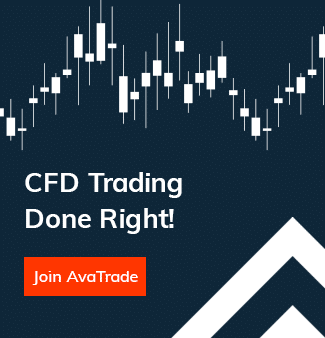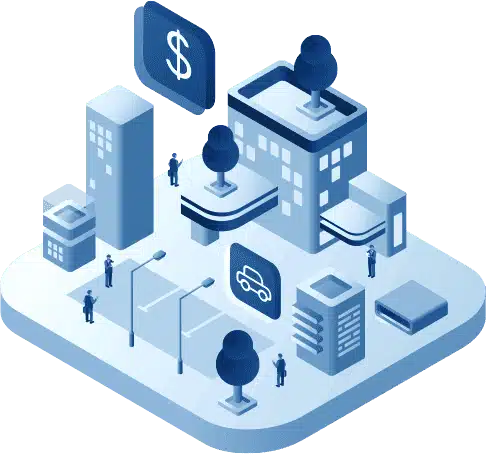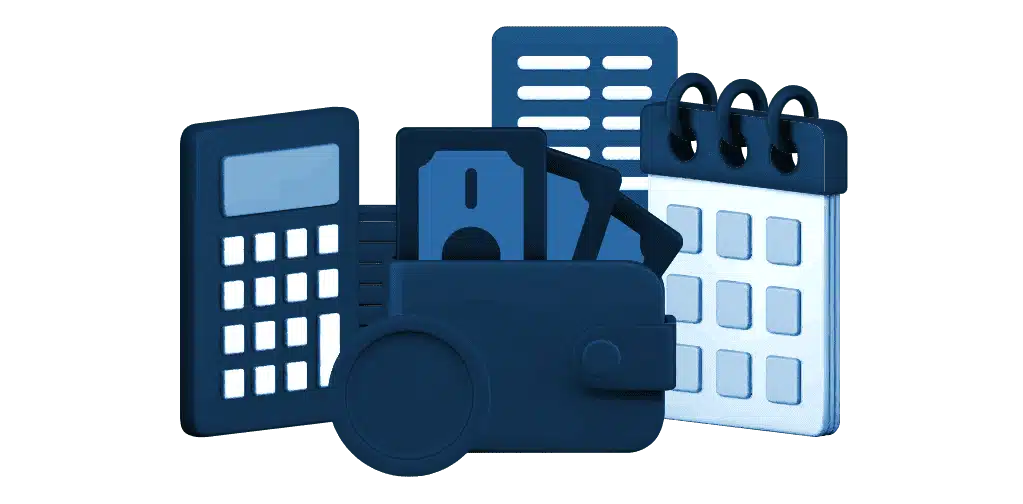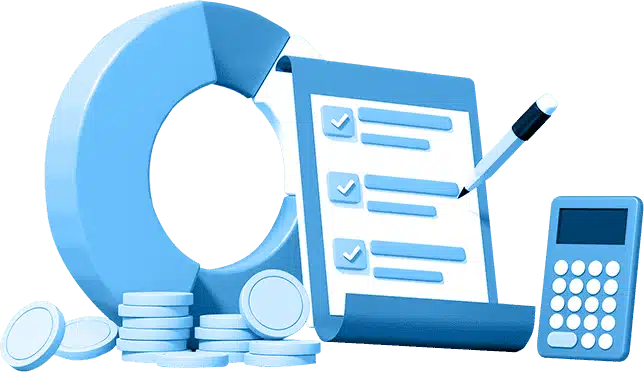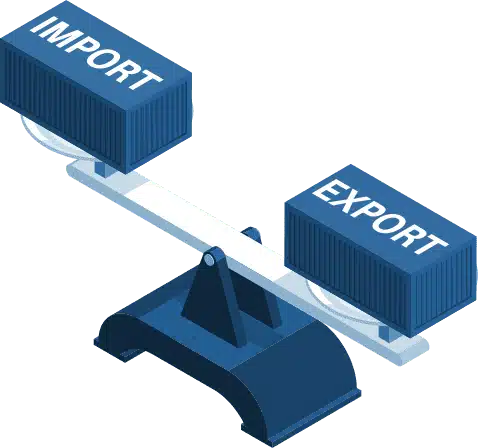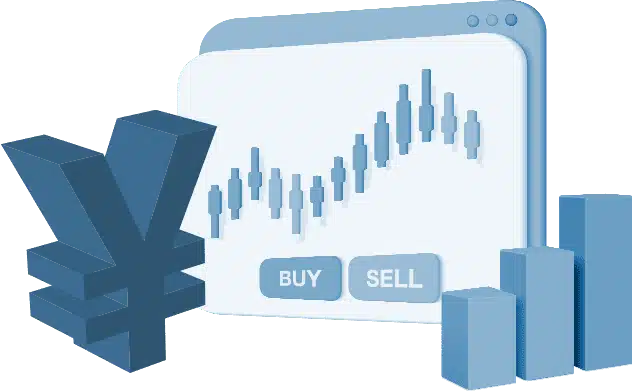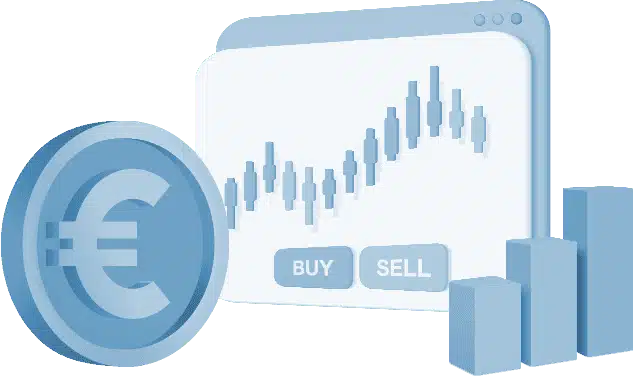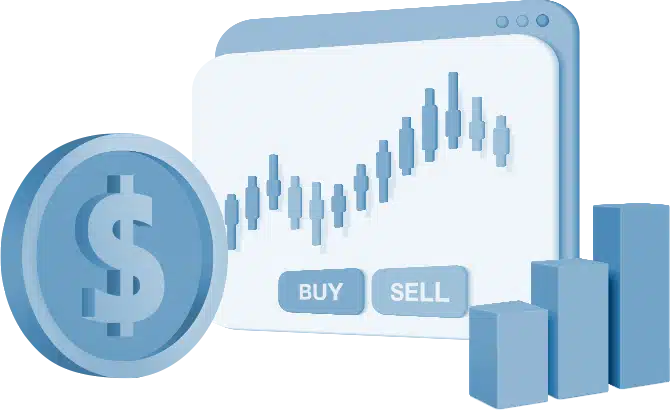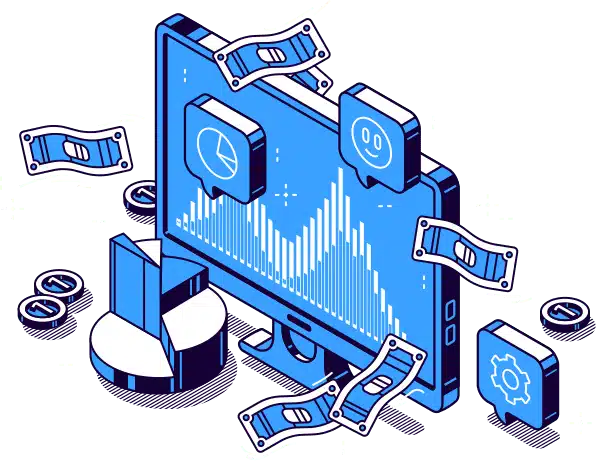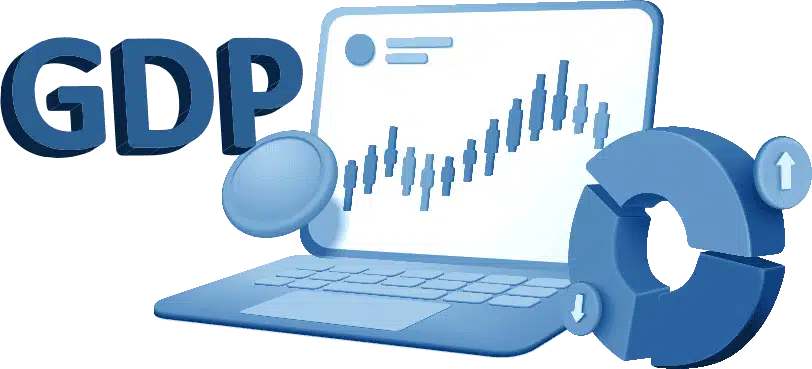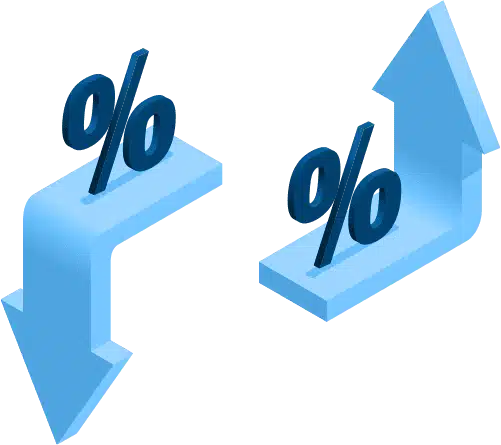
- Forex Trading
- CFD Trading
- Academy
- Trading Platforms
- Trading Info
- Financial Instruments
- Indices
- Commodities
- Crude Oil
- Gold
- Silver
- Platinum
- Corn
- Soybean
- Wheat
- Natural Gas
- Gasoline
- Palladium
- View All
- Stocks
- Forex Pairs
- Options
- Holiday Hours
- CFD Rollover
- Economic Calendar
- Islamic Account
- Trading Calculator
- Earning Releases
- Friedberg Direct’s Market Analysis
- Education
- About
- Professional Trader
- Help
- Help
- Contact Us
- Chat with us
- FAQ
- WhatsApp WhatsApp
LoginEconomic indicators
Recognize relevant indicators for each country and learn to anticipate currency movements.

What are Economic Indicators?
Economic indicators are scheduled economic data releases, declarations and announcements by leading agencies in the financial arena. There are many indicators, and each of them differs from the other in their place of origin, target audience and effect on the various financial markets. For convenience purposes we separated the indicators by region – starting with the US indicators, followed by the European indicators and on to the Asian indicators. View our economic calendar to see upcoming economic events.
There are a number of economic indicators that offer statistical information about a country’s economic activity. These are used mostly as a preview of the established performance, patterns and prediction on future performance within an economy, such as a business cycle. The article will take a look at the various types of economic indicators, the importance of their use during trading as well as where to find the relevant indicators per country.
Types of Economic Indicators
The indicators’ frequencies vary from one indicator to the other: some are daily, others monthly and several are quarterly. Before the indicator occurs, there are speculations made by leading financial figures, and traders who base their moves on those speculations. An economic event has a double influence – first when announced and second when compared to the speculations made before. A big difference between the speculation and the actual number can cause shifts in the market.
Each indicator can affect more than its own market. For instance, if a government issued a statement that more building permits were given, it will result in more jobs, lowering the unemployment rate and thus leading to higher consumption rates and ending with a strengthening of the local currency.
See a trading opportunity? Open an account now!
Economic Indicator Examples
An example of an indicator with major impact is the Non-Farm Payrolls (NFP), published on each month’s first Friday by the U.S. Bureau of Labor Statistics. This report reveals the changes in the number of employed people in the US from the previous month, excluding the farming industry. That covers approximately 80% of the US workforce. An increase in the number of newly employed people usually indicates that the market is growing. As a result, the American Dollar will grow stronger.
If a trader speculated that beforehand and opened buy positions prior to the announcement, the outcomes would be to his favour. Naturally, if there is a slowdown in employment, the Dollar will weaken. Either way, the NFP and the speculations beforehand will cause vibrations in different instruments.
The most recent Euro centric example would be the ECB Interest Rate Decision, which is announced by the European Central Bank. If the ECB is hawkish about the inflationary outlook of the European economy and its members raise the interest rates, it is seen as a positive sign for the EURO and the trend would be on a bullish curve.
The opposite would be true for the ECB if they keep the current interest rate stable or to cut it. In this case, the EUR will suffer and be on a bearish trend. Should the announcement be as expected, the EUR will not see much impact; however, if the predicted outcome is not as expected the element of ‘surprise’ will have the greater market impact.
The Caixin Purchasing Managers’ Index (PMI) is a specific measurement of Chinese manufacturing activity, where attention is given to smaller and medium-sized companies. The news came in during the December 2015 announcement that this month’s PMI came in lower than the expected figure. The general fear is that, as a result, manufacturers will cut staff numbers, in turn lowering production output.
Other types of Economic Indicator review market growth demand and supply figures and many other factors that impact markets, instruments, companies and traders as one.
The Importance of an Economic Calendar
The key to the success for most traders is a frequently updated economic calendar. The calendar covers all important events and releases those that affect the forex markets as well as the economy of a specific country. A great understanding of why markets do what they do can be found on these calendars, while traders are able to anticipate market moves based on previous, actual and forecasted numbers. With the release of key economic data, such as NFP, GDP, etc., figures present excellent trading opportunities.
How to use Economic Indicators?
In order to utilise the indicators to one’s advantage, proper market analysis is required. Some traders prefer more elementary research while others choose a very thorough work and analyses. For all traders, the indicators can be a very useful tool requiring close monitoring of the economic calendar, which can be found directly within the trading platform.
Once the trader knows that a certain event is due to take place, e.g. a country’s consumer supply and demand rate, he will prepare by making a speculation on the number that will be presented.
Based on that speculation the trader will choose which instrument to trade and if he should open a buy or sell position. Should the trader be accurate, the trade can result in substantial profits.
Speculation made on Economic Indicators should be executed with a knowledge of relevant markets and financial occurrences, or general events that can affect the content of the indicator. Once aware of all the related factors, the speculation will be based on a firm foundation of rational thinking.
Putting Economic Indicators to Work
Any trader, beginner or experienced, should familiarise himself with the economic calendar and learn which indicators are relevant to his trades and how. Once this knowledge is acquired, traders will experience their trades becoming more successful and their earnings may begin to surpass their expectations. Put our economic indicators to work here.
LOGIN TO YOUR ACCOUNT FORGOT PASSWORDStill don't have an Account? Sign Up Now
![Secure]() Safe and Secure
Safe and Secure![Secure]() Globally Regulated Broker
Globally Regulated Broker![Secure]() Safe and Secure
Safe and Secure![Secure]() Globally Regulated BrokerSIGN UP TO GET STARTED Get $10,000 to your demo account now!
Globally Regulated BrokerSIGN UP TO GET STARTED Get $10,000 to your demo account now!Already have an account? Log In
![Secure]() Safe and Secure
Safe and Secure ![Secure]() Globally Regulated Broker
Globally Regulated Broker A Must-Read
eBook for TradersSimply fill out your email address and we will send you the eBook for FREEWe see that you are
Download eBook
Already an existing client.
As a valued client,
Here is a link to the e-bookThank You! Our insightful Online
Start Trading
Trading eBook is
already in your inbox.
Use it wisely and start trading!Thank You! Our insightful Online
Trading eBook is
already in your inbox.
Use it wisely and start trading!Oops…
Something went wrong,
please try again later.
- Indices
- Financial Instruments

